Project partners:
Strategic Earth University
Cal Poly Humboldt
Cheryl Chen
2000 – 2020
Kenny Jeavons, a sea urchin fishermen who works near San Diego, Calif. Photo credit: Jason Houston
In 1999, California passed the Marine Life Protection Act, leading to the establishment of Marine Protected Areas (MPAs) along the state’s coastline. After finding that they lacked data on the marine areas important to the state’s fisheries, in 2005, California’s state agencies tasked Ecotrust with interviewing California fishermen about their preferred fishing areas and elevating their concerns. This began a decades-long body of work developing tools and collecting data that is informed by coastal fishing communities in California.
Today, we and our project partners continue this work of seeking feedback from fishing communities to understand the impacts of Marine Protected Areas, through the MPA Human Uses Study. Recently, the project team conducted a performance review of established MPAs. A cornerstone of this effort is a series of 31 focus groups with commercial fishers and charter boat captains. Through this work, we gathered critical qualitative and quantitative information that will be shared back with fisheries managers and used to create a baseline for MPA monitoring into the future.
Continuing to build on the foundation of open-source, transparent, and accessible data and information, this community feedback and our corresponding assessments are publicly available at mpahumanuses.com.
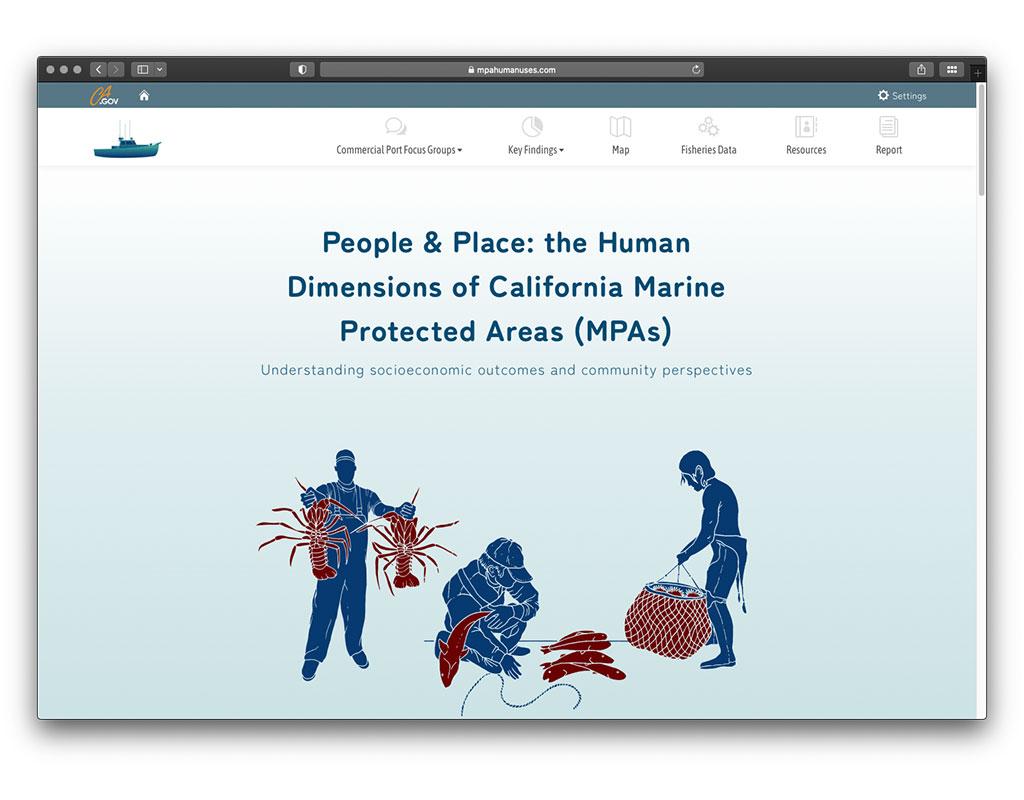
A screenshot of mpahumanuses.com
Partners
Today, we and our project partners continue this work of seeking feedback from fishing communities to understand the outcomes of Marine Protected Areas, through the MPA Human Uses Study.
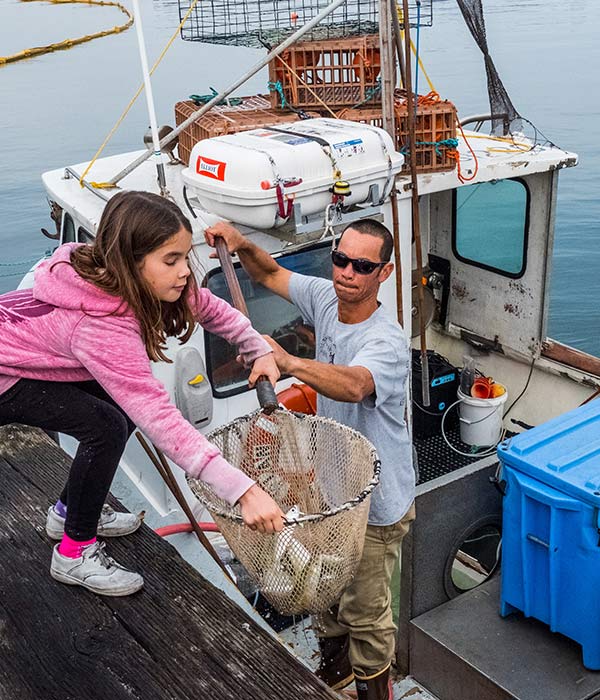
Operations at the Tuna Harbor Dockside Market in San Diego, Calif. Photo credit: Jason Houston
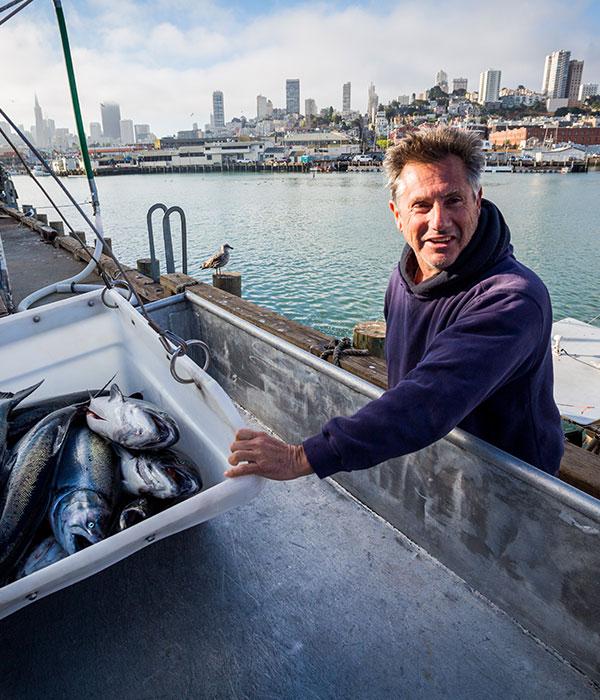
Fresh catch coming into the Tuna Harbor Dockside Market in San Diego, Calif. Photo credit: Jason Houston
Ecotrust Project Team & Services
Want to learn more? Check out the full Ecotrust Staff & Board and all of our Tools for Building Collective Change.




We build and deliver mission-aligned projects in partnership.

We contribute tools, analyses, and frameworks that move projects forward.
Impact
FOCUS GROUPS
conducted with commercial fishers and charter boat captains in coastal California
OF PARTICIPANTS
reported that COVID-19 highly or very highly disrupted and changed the way that commercial passenger fishing vessel businesses operate
Resources
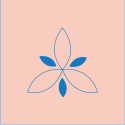
Website
People & Place: the Human Dimensions of California Marine Protected Areas (MPAs) | Understanding socioeconomic outcomes and community perspectives

Report
Establishing a Statewide Baseline and Long-Term MPA Monitoring Program for Commercial and Commercial Passenger Fishing Vessel Fisheries in the State of California

executive summary
Establishing a Statewide Baseline and Long-Term MPA Monitoring Program for Commercial and Commercial Passenger Fishing Vessel Fisheries in the State of California
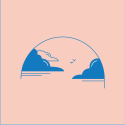
Press release
Release Date: 01-13-2014 | Portland, Ore. – Coastal recreation, from bird watching to beach going, contributes $1.2 billion annually to Bay Area economies, according to a new study released today by the nonprofit Ecotrust and its subsidiary marine consulting business, Point 97. …

Press release
Jan 21, 2022 | After three years, Marine Protected Area Monitoring Program research teams have completed seven long-term projects to gain a better understanding of California’s marine protected areas (MPAs). …

Press release
Release Date: 12-08-2008 | Ecotrust open-source technology improves ocean planning and collaboration, wins Mellon Award for Innovation
Background
In 1999, California passed the Marine Life Protection Act, leading the nation in a new model for marine ecological management. With this legislation, the state designed and managed a network of Marine Protected Areas throughout the 1,100 miles of coastlines.
While working to understand how to balance human use with ecological stability, California’s state agencies found that they lacked data on the marine areas that held special importance to the state’s fisheries. In 2005, Ecotrust was contracted to assess potential impacts on both commercial and recreational fishing in the event of Marine Protected Areas closures. To bridge the gap between management agencies and fishing communities, our team conducted hundreds of interviews with fishermen up and down the coast—laying a practice for place-based, community-informed, decision-making and tools development that continues to guide our work today.
Timeline

Along with partners, our efforts will be focused on analyzing, summarizing, and disseminating information gathered over the course of 31 focus groups and providing updates at mpahumanuses.com.
With Strategic Earth Consulting, Cal Poly Humboldt, and Cheryl Chen, we begin conducting a 10-year performance review of California’s Marine Protected Areas. Due to the global COVID-19 pandemic and an historic wildfire season, the team utilized remote meeting technology to conduct focus group meetings with commercial fishers and recreational anglers throughout the state.
Ecotrust developed the California Fisheries Data Explorer, an interactive tool that allows fishermen, fisheries managers, economic advisors, ocean scientists, educators, and interested community members to visualize data from commercial fisheries and commercial passenger fishing vessels across the state.
We released a report conducted as part of the MPA monitoring program showing that coastal recreation contributes $1.2 billion annually to California’s Bay Area.
Final report on regional impacts for North Coast fisheries was released.
Regional impact report for fisheries on California’s South Coast was completed.
Ecotrust and partners published new research showing the effectiveness of Marine Protected Areas in Conservation Letters, a journal for the Society of Conservation Biology.
Ecotrust open-source marine planning and collaboration technology, Open Ocean Map, wins Mellon Award for Innovation.
Regional impact report for North Coast fisheries was delivered.
We delivered the first of four regional impact reports for Central California fisheries—from Pigeon Point in San Mateo County to Point Conception in Santa Barbara County.
Ecotrust was retained by the state to begin collecting, compiling, and analyzing fisheries data.
California passes the Marine Life Protection Act.